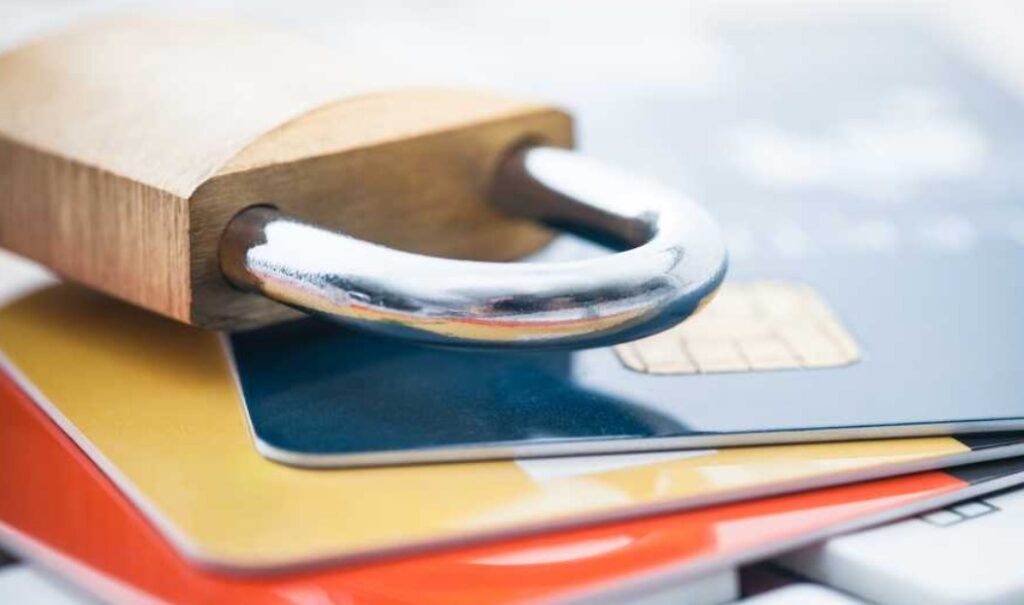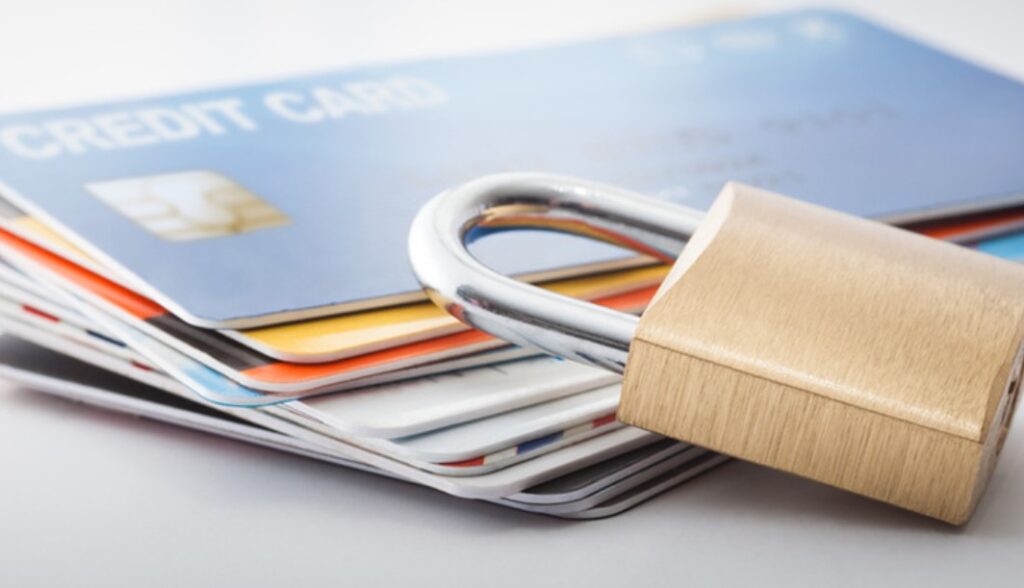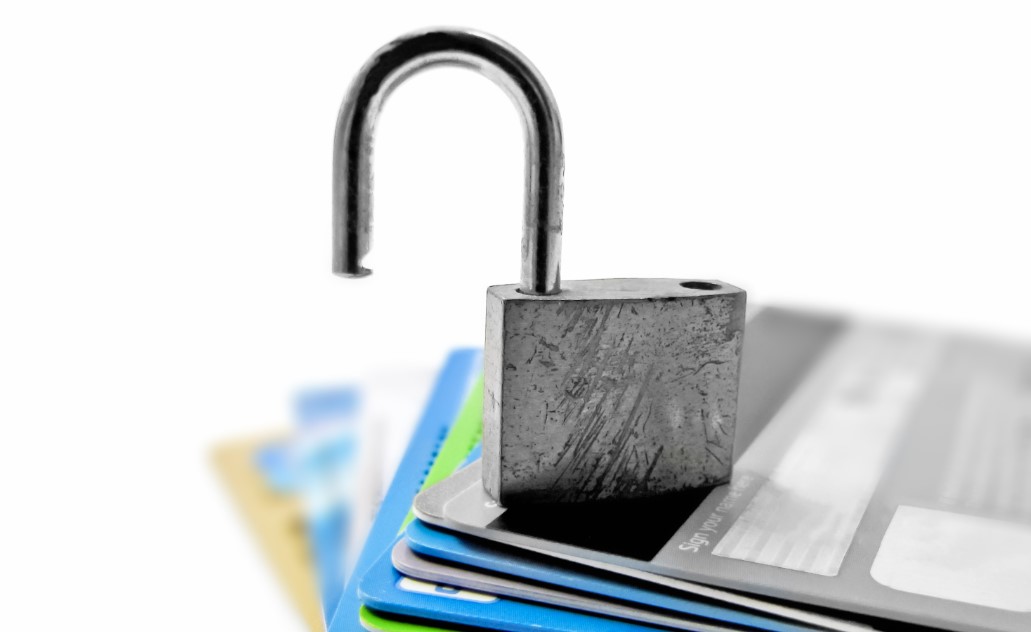Choosing between a secured and an unsecured credit card can be challenging. Each type of card has its own set of advantages and disadvantages, and the best choice depends on your financial situation and credit goals. In this comprehensive guide, we’ll explore the pros and cons of both secured and unsecured credit cards, helping you make an informed decision.
Understanding Secured and Unsecured Credit Cards

Before diving into the pros and cons, it’s essential to understand what secured and unsecured credit cards are.
Secured Credit Cards
Secured credit cards require a security deposit, which typically serves as your credit limit. This deposit reduces the risk for the issuer, making it easier for individuals with poor or no credit history to get approved.
Unsecured Credit Cards
Unsecured credit cards do not require a security deposit. The credit limit is based on the cardholder’s creditworthiness. These cards are ideal for individuals with an established credit history.
Pros and Cons of Secured Credit Cards
Pros
- Build or Rebuild Credit: Secured credit cards are a great tool for building or rebuilding credit. Your payment history is reported to credit bureaus, helping you establish a positive credit history.
- Approval for Low Credit Scores: Easier approval for those with low or no credit scores, as the deposit reduces the risk for the issuer.
- Control Over Spending: The credit limit is equal to the deposit, which can help control spending and prevent overspending.
Cons
- Security Deposit Required: A significant drawback is the need for an upfront security deposit, which can be a financial burden.
- Limited Credit Limit: The credit limit is tied to the deposit, which might be lower than what you need.
- Higher Fees and Interest Rates: Secured credit cards often come with higher fees and interest rates compared to unsecured cards.
Pros and Cons of Unsecured Credit Cards
Pros
- No Security Deposit: Unsecured credit cards do not require a security deposit, freeing up your funds for other uses.
- Higher Credit Limits: Typically, unsecured credit cards offer higher credit limits based on your creditworthiness.
- Rewards and Benefits: Many unsecured cards come with rewards programs, travel benefits, and other perks.
Cons
- Harder to Qualify: Requires a good to excellent credit score, making it difficult for those with poor or no credit history to get approved.
- Higher Interest Rates for Low Credit Scores: If you have a lower credit score, you might still qualify, but with higher interest rates.
- Potential for Overspending: Higher credit limits can lead to overspending if not managed responsibly.
Real-World Example Products

1. Discover it® Secured Credit Card
- Features: 2% cash back at gas stations and restaurants, 1% on all other purchases, no annual fee.
- Pros: Helps build credit, cashback rewards, no annual fee.
- Cons: Requires a security deposit, limited credit limit.
- Price: No annual fee, variable APR.
- Where to Buy: Discover it® Secured Credit Card
2. Capital One Platinum Secured Credit Card
- Features: Access to a higher credit line after making your first 5 monthly payments on time.
- Pros: Helps build credit, potential for credit line increase, no annual fee.
- Cons: Requires a security deposit, limited initial credit limit.
- Price: No annual fee, variable APR.
- Where to Buy: Capital One Platinum Secured Credit Card
3. Chase Sapphire Preferred® Card
- Features: Earn 2X points on travel and dining, 1X point on all other purchases, sign-up bonus.
- Pros: No security deposit, high rewards rate, travel benefits.
- Cons: Requires good to excellent credit, annual fee.
- Price: $95 annual fee, variable APR.
- Where to Buy: Chase Sapphire Preferred® Card
4. Citi® Double Cash Card
- Features: Earn 2% cash back on all purchases (1% when you buy, 1% when you pay).
- Pros: No security deposit, high cashback rate, no annual fee.
- Cons: Requires good to excellent credit, higher interest rates for lower credit scores.
- Price: No annual fee, variable APR.
- Where to Buy: Citi® Double Cash Card
5. Capital One Quicksilver Cash Rewards Credit Card
- Features: Earn unlimited 1.5% cash back on every purchase, no annual fee.
- Pros: No security deposit, straightforward cashback rewards, no annual fee.
- Cons: Requires good to excellent credit, higher interest rates for lower credit scores.
- Price: No annual fee, variable APR.
- Where to Buy: Capital One Quicksilver Cash Rewards Credit Card
Comparison Table
| Product | Features | Pros | Cons | Price | Use Case |
|---|---|---|---|---|---|
| Discover it® Secured Credit Card | 2% cash back at gas stations and restaurants, 1% on other purchases | Helps build credit, cashback rewards, no annual fee | Requires a security deposit, limited credit limit | No annual fee, variable APR | Ideal for individuals building or rebuilding credit |
| Capital One Platinum Secured Credit Card | Higher credit line after 5 on-time payments | Helps build credit, potential credit line increase, no annual fee | Requires a security deposit, limited initial credit limit | No annual fee, variable APR | Best for those who want to increase their credit limit over time |
| Chase Sapphire Preferred® Card | 2X points on travel and dining, 1X on all other purchases | No security deposit, high rewards rate, travel benefits | Requires good to excellent credit, annual fee | $95 annual fee, variable APR | Suitable for frequent travelers looking for high rewards |
| Citi® Double Cash Card | 2% cash back on all purchases | No security deposit, high cashback rate, no annual fee | Requires good to excellent credit, higher interest rates for lower credit scores | No annual fee, variable APR | Best for those seeking a simple, high cashback rate |
| Capital One Quicksilver Cash Rewards Card | 1.5% cash back on every purchase | No security deposit, straightforward cashback rewards, no annual fee | Requires good to excellent credit, higher interest rates for lower credit scores | No annual fee, variable APR | Ideal for individuals wanting a simple, no-fee cashback card |
Transactional Details

How to Buy
- Visit the Official Website: Click on the provided links to visit the official websites of the products.
- Apply Online: Fill out the online application form with your personal and financial information.
- Submit Application: Submit your application and wait for approval.
- Receive Your Card: Once approved, your credit card will be mailed to you.
Where to Buy
- Discover it® Secured Credit Card: Discover it® Secured Credit Card
- Capital One Platinum Secured Credit Card: Capital One Platinum Secured Credit Card
- Chase Sapphire Preferred® Card: Chase Sapphire Preferred® Card
- Citi® Double Cash Card: Citi® Double Cash Card
- Capital One Quicksilver Cash Rewards Credit Card: Capital One Quicksilver Cash Rewards Credit Card
Detailed Use Cases and Benefits of Managing Credit Card Debt Effectively
Managing credit card debt effectively is essential for maintaining financial stability and achieving long-term financial goals. With the right strategies and tools, individuals can navigate the complexities of credit card debt and enjoy numerous benefits. In this article, we explore detailed use cases and the significant advantages of effective credit card debt management.
1. Use Case: Debt Consolidation Loans
Debt consolidation loans are a practical solution for managing multiple credit card debts. By consolidating several high-interest credit card balances into a single loan with a lower interest rate, individuals can simplify their debt repayment process and reduce overall interest costs.
Benefits:
- Lower Interest Rates: Consolidation loans often offer lower interest rates compared to credit cards, resulting in significant interest savings over time.
- Simplified Payments: Combining multiple debts into one monthly payment makes it easier to manage and reduces the risk of missing payments.
- Improved Credit Score: Consistently making on-time payments on a consolidation loan can positively impact your credit score.
2. Use Case: Balance Transfer Credit Cards
Balance transfer credit cards allow individuals to transfer high-interest credit card balances to a new card with a low or 0% introductory interest rate. This can provide temporary relief from high interest charges and help accelerate debt repayment.
Benefits:
- Interest Savings: With an introductory 0% APR period, all payments made during this time go directly toward reducing the principal balance.
- Debt Repayment Acceleration: Lower interest rates enable faster debt repayment, allowing individuals to become debt-free sooner.
- Financial Breathing Room: Reduced interest charges provide financial relief, freeing up funds for other financial priorities.
3. Use Case: Budgeting and Expense Tracking
Implementing a budgeting and expense tracking system is a fundamental step in managing credit card debt. By monitoring spending and allocating funds strategically, individuals can ensure they have sufficient resources to meet their debt repayment obligations.
Benefits:
- Increased Financial Awareness: Tracking expenses helps individuals identify spending patterns and areas where they can cut back.
- Better Financial Planning: A budget provides a clear roadmap for managing income and expenses, facilitating effective debt repayment.
- Enhanced Control Over Finances: Budgeting helps prevent overspending and promotes disciplined financial behavior.
4. Use Case: Negotiating Lower Interest Rates
Contacting credit card issuers to negotiate lower interest rates can significantly reduce the cost of carrying credit card debt. Many issuers are willing to lower interest rates for customers with a good payment history or financial hardship.
Benefits:
- Reduced Interest Costs: Lower interest rates decrease the amount of interest accrued on outstanding balances, making debt repayment more affordable.
- Faster Debt Elimination: Reduced interest charges enable quicker principal repayment, accelerating the journey to debt freedom.
- Improved Financial Flexibility: Lower interest payments free up funds for other financial goals and priorities.
5. Use Case: Utilizing Financial Counseling Services
Seeking assistance from financial counseling services can provide individuals with personalized guidance and strategies for managing credit card debt. Certified financial counselors offer expert advice on budgeting, debt repayment, and financial planning.
Benefits:
- Expert Guidance: Financial counselors provide tailored advice based on individual financial situations, helping individuals make informed decisions.
- Debt Management Plans: Counselors can help create structured debt management plans that prioritize debt repayment and financial stability.
- Educational Resources: Access to educational materials and resources enhances financial literacy and empowers individuals to manage their finances effectively.
5 FAQs About the Pros and Cons of Secured vs. Unsecured Credit Cards
1. What is a secured credit card, and how does it work?
A secured credit card requires a cash deposit as collateral, which acts as your credit limit. For example, if you deposit $500, your credit limit will generally be $500. This deposit reduces the risk for the issuer, making it easier to get approved if you have poor or no credit history. Secured credit cards report your activity to credit bureaus, helping you build or rebuild your credit over time with responsible use.
2. What are the primary advantages of using a secured credit card?
Advantages of secured credit cards include:
- Easier Approval: Ideal for those with poor or no credit history.
- Credit Building: Regular, on-time payments are reported to credit bureaus, helping to build or rebuild credit.
- Controlled Spending: The credit limit is equal to your security deposit, preventing overspending.
- Path to Unsecured Cards: Many issuers offer the opportunity to transition to an unsecured card after demonstrating responsible use.
3. How does an unsecured credit card differ from a secured credit card?
Unsecured credit cards do not require a cash deposit as collateral. They are issued based on your creditworthiness, which includes your credit history and score. Unsecured cards typically offer higher credit limits and various rewards and benefits, such as cashback, travel perks, and lower interest rates. However, they usually require a good or excellent credit score for approval.
4. What are the main disadvantages of using a secured credit card?
Disadvantages of secured credit cards include:
- Security Deposit: Requires an upfront deposit, which can be a financial barrier for some individuals.
- Limited Credit Limit: The credit limit is often low, matching the security deposit.
- Higher Fees: Secured cards may come with higher fees and interest rates compared to unsecured cards.
5. When should I consider using an unsecured credit card instead of a secured credit card?
You should consider using an unsecured credit card if:
- You Have Good Credit: If you have a good or excellent credit score, you are likely to qualify for an unsecured card with better terms and benefits.
- You Want Higher Limits: Unsecured cards usually offer higher credit limits, providing more purchasing power.
- You Seek Rewards and Benefits: Unsecured cards often come with rewards programs, such as cashback, travel points, and other perks.
- You Prefer No Deposit: Unsecured cards do not require an upfront security deposit, freeing up your cash for other uses.
By understanding the pros and cons of secured and unsecured credit cards, you can choose the one that best fits your financial needs and goals. Whether building credit with a secured card or enjoying rewards with an unsecured card, responsible usage is key to maintaining a healthy credit profile.
